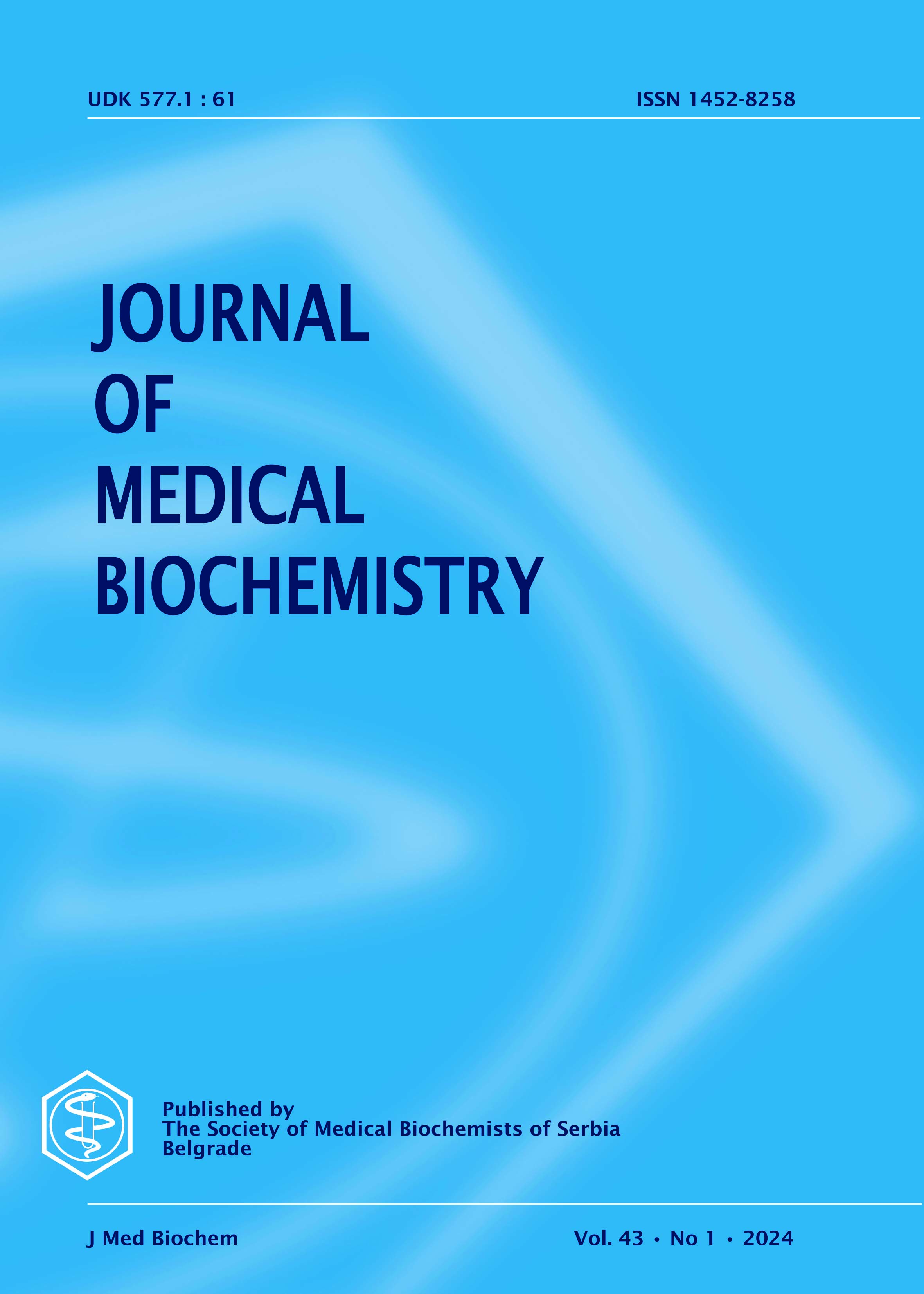Six Sigma Evaluation Using Bias Calculated from Internal Quality Control and External Quality Assurance Data
Six Sigma Evaluation of 17 Biochemistry Parameters
Abstract
Background
Six Sigma is a popular quality management system that enables continuous monitoring and improvement of analytical performance in the clinical laboratory. We aimed to calculate sigma metrics and quality goal index (QGI) for 17 biochemical analytes and compare the use of bias from internal quality control (IQC) and external quality assurance (EQA) data in the calculation of sigma metrics.
Methods
This retrospective study was conducted in Marmara University Pendik E&R Hospital Biochemistry Laboratory. Sigma metrics calculation was performed as (TEa−bias)/CV). CV was calculated from IQC data from June 2018- February 2019. EQA bias was calculated as the mean of % deviation from the peer group means in the last seven surveys, and IQC bias was calculated as [(laboratory control result mean–manufacturer control mean)/manufacturer control mean)x100]. In parameters where sigma metrics were <5; QGI=(bias/1.5CV) score of <0.8 indicated imprecision, >1.2 pointed inaccuracy, and 0.8-1.2 showed both imprecision and inaccuracy.
Results
Creatine kinase (both levels), iron and magnesium (pathologic levels) showed an ideal performance with ≥6 sigma level for both bias determinations. Eight of the 17 parameters had different sigma levels when we compared sigma values calculated from EQA and IQC derived bias% while rest of the parameters were grouped at same levels.
Conclusion
Sigma metrics is a good quality tool to assess a laboratory's analytical performance and facilitate the comparison of the assay performances in the same manner across multiple systems. However, we might need to design a tight internal quality control protocol for analytes showing poor assay performance.
Copyright (c) 2023 Tülay Çevlik, Goncagül Haklar

This work is licensed under a Creative Commons Attribution 4.0 International License.
The published articles will be distributed under the Creative Commons Attribution 4.0 International License (CC BY). It is allowed to copy and redistribute the material in any medium or format, and remix, transform, and build upon it for any purpose, even commercially, as long as appropriate credit is given to the original author(s), a link to the license is provided and it is indicated if changes were made. Users are required to provide full bibliographic description of the original publication (authors, article title, journal title, volume, issue, pages), as well as its DOI code. In electronic publishing, users are also required to link the content with both the original article published in Journal of Medical Biochemistry and the licence used.
Authors are able to enter into separate, additional contractual arrangements for the non-exclusive distribution of the journal's published version of the work (e.g., post it to an institutional repository or publish it in a book), with an acknowledgement of its initial publication in this journal.

